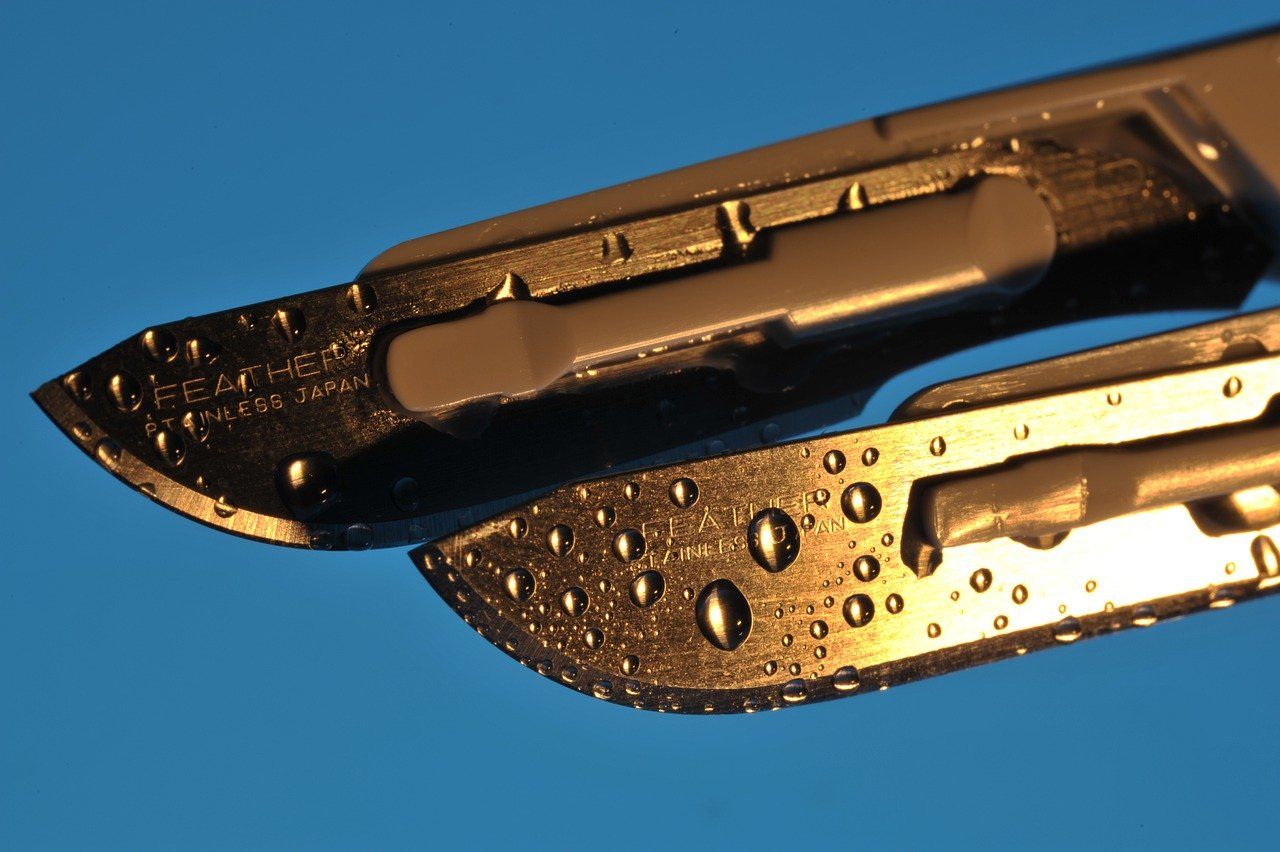Medical devices and diagnostics standards
Medical devices and diagnostics international standardization

Nowadays technical development is constantly increasing pace of development. Moreover, every technological company is trying to focus its main area of activity specifically on those parts of human life that can be primarily useful for the development of our planet on a global scale and in the long term. One of the most profitable, due to its constant demand, is the consumer sector of medicine, which includes both the production of medicines and the equipment necessary for the implementation of patient treatment processes. Medical research is gaining momentum in achieving unique means, and technology can extend people's lives for years to come. Old books about the fantastic possibilities of technology, including medical ones, are coming true like never before. Nevertheless, striving for the uniqueness of innovative achievements and patent profits, one should not forget that medicine is primarily aimed at saving human life, which is why this industry has a large number of international standards for enterprises that interact with various types of medical equipment and research activities, with which we will introduce you today.
Molecular in vitro diagnostic examinations - Specifications for pre-examination processes for Fine Needle Aspirates (FNAs) - Part 2: Isolated proteins
CEN/TS 17688-2:2021
Before this or that equipment is delivered to production, certain requirements are created, according to which this equipment is selected. That is why the presence of international standards greatly simplifies the organizational elements of building a system when introducing new technologies. One such international standard for diagnostic activities is CEN/TS 17688-2:2021.
This document gives guidelines on the handling, documentation, storage and processing of fine needle aspirates (FNAs) intended for protein examination during the pre-examination phase before a molecular examination is performed.
This document is applicable to molecular in vitro diagnostic examinations including laboratory developed tests performed by medical laboratories and molecular pathology laboratories that examine proteins isolated from FNAs. It is also intended to be used by laboratory customers, in vitro diagnostics developers and manufacturers, biobanks, institutions and commercial organizations performing biomedical research, and regulatory authorities.
Various dedicated measures are taken for collecting, stabilizing, transporting and storing of core needle biopsies (FNA Biopsy or FNA B) and are not covered in this document, but in EN ISO 20184-2, Molecular in vitro diagnostic examinations - Specifications for preexamination processes for frozen tissue - Part 2: Isolated proteins and EN ISO 20166-2,
Molecular in vitro diagnostic examinations - Specifications for pre-examination processes for formalin fixed and paraffin-embedded (FFPE) tissue - Part 2: Isolated proteins.
This document is not applicable for protein examination by immunohistochemistry.
NOTE International, national or regional regulations or requirements can also apply to specific topics covered in this document.
A feature of this standard is not only that it characterizes a certain type of medical equipment, but also regulates the rules and regulations associated with transportation and storage. That is why if your company uses the above elements in its activities, we recommend that you have this standard available without fail.
Dentistry - Operating lights (ISO 9680:2021)
EN ISO 9680:2021
Dentistry does not stand still in the implementation of technology, and is one of the most sought-after medical categories today. Due to the fact that this part of human activity involves the use of a large number of equipment of various sizes and purposes, therefore, there is a need to create such international standards as EN ISO 9680:2021.
This document specifies requirements and test methods for operating lights used in the dental office and intended for illuminating the oral cavity of patients. It also contains specifications on the instructions for use, marking and packaging.
This document applies to operating lights, irrespective of the technology of the light source.
This document excludes auxiliary light sources, for example, from dental handpieces and dental headlamps and also operating lights which are specifically designed for use in oral surgery.
Operating lighting affects the quality of the final result and, as a result, the health of the patient, which is why it should be noted that the presence of this international standard in the implementation of dental activities is not a recommendation, but a mandatory aspect.
Medical standards as a guarantee of safety
Today, the diversity of the number of medical equipment creates the need for constant regulation by regulatory documents. Since the world is globalizing, the interaction is actively carried out between countries, causing the need to create international documents that regulate at the international level. These documents are international standards. If your company or organization is concerned about the image and security issues, then the acquisition of international standards for the scope of your activity can not only make it possible to build a well-functioning system taking into account all risks, but also scale it by conquering new markets in accordance with all norms and rules.
References:
Categories
- Latest News
- New Arrivals
- Generalities
- Services and Management
- Health Care
- Environment
- Metrology and Measurement
- Testing
- Mechanical Systems
- Manufacturing
- Electrical Engineering
- Electronics
- Telecommunications
- Information Technology
- Road Vehicles
- Railway Engineering
- Materials Handling
- Agriculture
- Food technology
- Chemical Technology
- Petroleum
- Metallurgy
- Wood technology
- Construction
- Entertainment